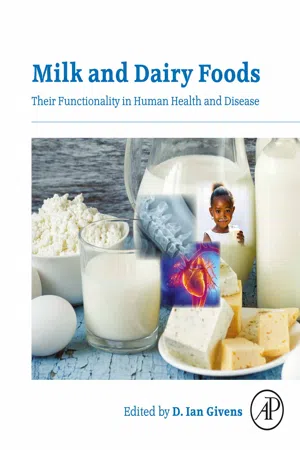1.1 Introduction
The number of people diagnosed with diabetes worldwide has more than doubled in the past 20 years and will continue to increase in the future. Globally there are 463 million people with diabetes, mostly type 2 diabetes (T2DM) in 2019, and this is projected to rise to 700 million by 2045 (Saeedi et al., 2019). One of the most worrying features of this rapid increase is the emergence of T2DM in young people, increase in undiagnosed diabetes, and highly prevalent prediabetes. Prediabetes is defined according to the diagnostic criteria published by the World Health Organisation in 2006, with fasting plasma glucose levels between 6.1 and 7.0 mmol/L, 2-h glucose levels between 7.8 and 11.0 mmol/L, and HbA1c levels between 6.0% and 6.5%. The number of people with prediabetes is expected to rise worldwide from 374 million in 2019 to 548 million in 2045 according to the International Diabetes Federation 9th edition (Saeedi et al., 2019). T2DM is a leading risk factor for the development of cardiovascular disease, which is the number one cause of death globally (WHO, n.d.). An estimated 17.9 million people died from cardiovascular diseases in 2016, representing 31% of all global deaths (WHO, n.d.). Of these deaths, 85% are due to heart attack and stroke. Dietary strategies to reduce the risk of developing cardiovascular disease include lowering of saturated fat intake. Milk and dairy foods are the major contributors of dietary saturated fats in Western diets. Healthy diet and lifestyle are often recommended as a strategy for risk reduction; 80%–90% of type 2 diabetes and cardiovascular disease can be prevented by adopting multiple healthy diet and lifestyle recommendations (Hu et al., 2001; Yang et al., 2012; Long et al., 2015; Lachman et al., 2016; Dong et al., 2018). In a recent study by the Global Burden of Disease Study investigators have revealed that dietary risks account for the greatest loss of global disability-adjusted life years (DALY) due to disease risk factors, overtaking smoking and hypertension (Lim et al., 2012; GBD 2017 Diet Collaborators, 2019). The loss of DALY are predominantly from T2DM and cardiovascular diseases, now often termed as cardiometabolic disease, and this presents a key challenge to nutrition scientists to identify effective dietary strategies and foods that can reduce disease risk and are acceptable and palatable to the population (Lovegrove and Givens, 2016). In this chapter, the latest scientific evidence from epidemiological studies on dairy foods in relation to cardiometabolic health will be described.
1.2 Types of dairy foods defined
Dairy is, according to the Cambridge English Dictionary, used to refer to foods that are made from milk, such as cream, butter, and cheese. In general, all mammalian milks (sheep, goat, camel, etc.) and their related products (cheese, sour cream, etc.) are classified as dairy. This may be confusing because dairy also refers to cattle and dairy farms according to the English Dictionary. Dairy foods are heterogeneous, containing solids, liquids, fermented and nonfermented foods; while milk, cheese, yoghurt are the main dairy products, they also include cream (sour cream) and ice cream, buttermilk, kefir, chocolate milk, butter, etc. Dairy foods contain many different types of products, with different textures and different tastes. The country where produced and feeding of the animals producing the milk and production processes further affect variety in dairy foods. Moreover, many foods contain dairy products, but are sold under different names, such as chocolate, custards, frozen desserts, and porridge. Within each dairy food, there are many variations ranging from high to low fat, with or without added sugars or fruits, to the type of fermentation. There are currently over 1800 different types of cheese, such as Brie, Gouda, Emmental, Roquefort, Camembert, Manchego, Cheddar, Feta, Gruyere, Monterey Jack, Stilton, and Gr...
